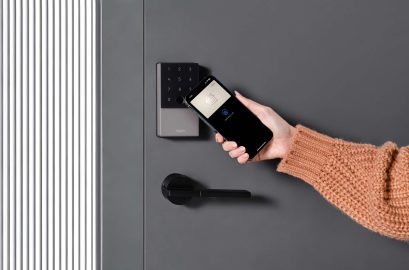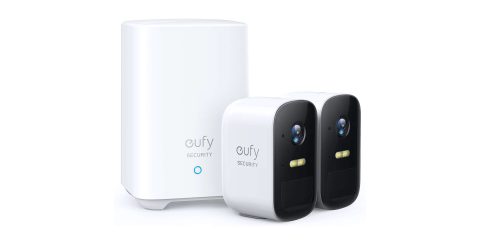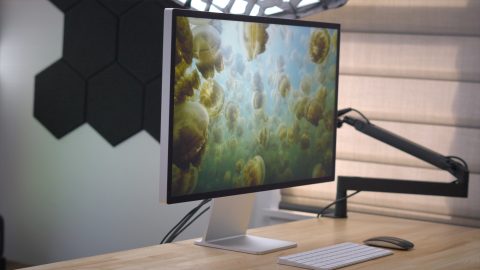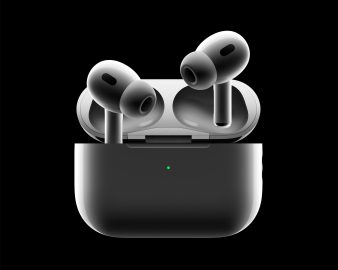
Whether you just got a Mac, iPad, iPhone or a device from a different brand, follow along for how to find out what USB ports are on your Apple devices and other electronics.
USB stands for universal serial bus and electronics started adopting the useful port back in 1996. Over the last two decades there have been a lot of changes to the USB standard and there are now 10 different types of USB ports. These range from the most common USB-A to the latest, USB-C. In addition to those, Apple also uses its proprietary Lightning port on a majority of iPhones and iPads.
However, the 2018 iPad Pro and new Macs have made the switch to offering just USB-C. Read on for how to easily find out what USB ports are on your Apple devices and other electronics.
How to find out what USB ports are on your Apple devices and other electronics
- Take a look at your ports on your Apple or other device
- Compare them to the images here or below
- The most commonly used USB ports now are Type-A, Type-Micro B, and Type-C
- For less common/older USB ports like Type-B, Type-Mini B, and others, be sure to double-check what you’ve got before buying new accessories or cables
- Keep reading below for more help identifying your USB port
Here’s a quick look at some of the most common USB ports:

Image via Consolidated Electronic Wire & Cable
Apple Devices
Any iPhones from 2012 and later will have a Lightning port. iPad mini and iPad Air and later also feature the Lightning port, expect for 2018 iPad Pros, which made the change to USB-C. Lightning and USB-C look similar at first glance with their symmetrical oblong design, but Lightning has its dual-sided pins exposed on outside of the male end, while USB-C has its pins hidden on the male (and female) ends.
Apple’s male and female Lightning port shown off on its iPhone dock
Almost all the current Macs (except the old MacBook Air and Mac Pro) feature USB-C (iMac and Mac mini feature USB-A and more).
As for what speeds data and power can be delivered through USB cables and ports, there are different specs, USB 1.0, 2.0, 3.0 and different generations for each. USB 3.2 Gen 2 is the most recent release and most capable specification. Read more about these details here.
If you’re looking to simplify the cables you have, some companies sell products with USB-C, Lightning, and Micro USB integrated into one cable. Meanwhile, some people prefer to pick up an adapter or hub to work with their existing cables.
For more help getting the most out of your Apple devices, check out our how to guide as well as the following articles:
- How to rotate iPhone and iPad videos taken in the wrong orientation
- How to rotate a photo in the Photos app on iPhone and iPad
- How to shuffle or repeat songs in Apple Music on iPhone and iPad
- How to lock notes on Mac
- How to view lyrics in Apple Music on iPhone and iPad
- How to lock notes on iPhone and iPad
- How to turn on Airplane Mode on Apple Watch
- How to create handy shortcuts for call reminders on iPhone, iPad, and Mac
- How to turn off cellular data on Apple Watch
Check out 9to5Mac on YouTube for more Apple news:
FTC: We use income earning auto affiliate links. More.








Comments